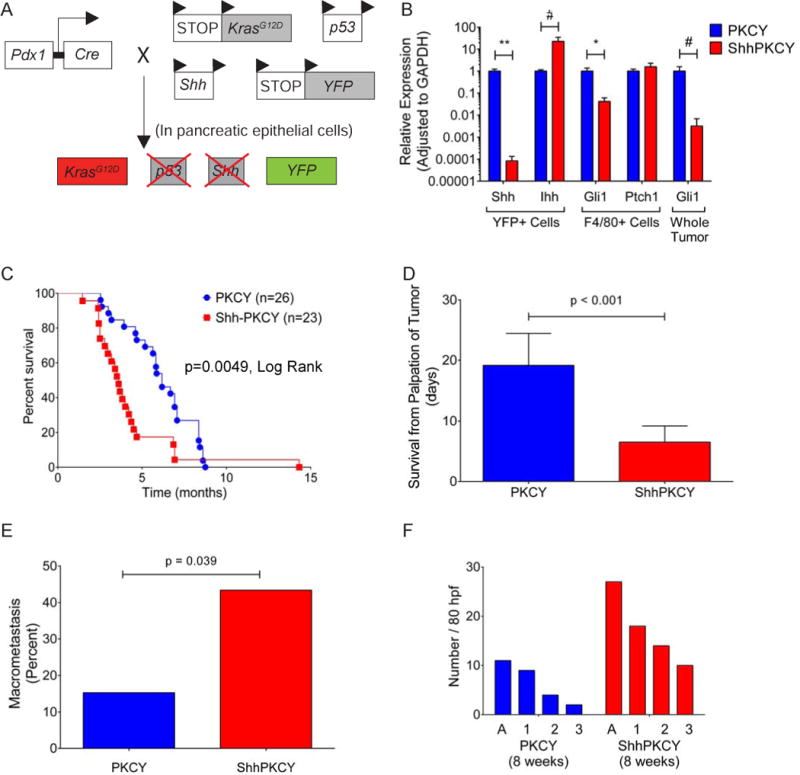Figure 1. Sonic hedgehog behaves as a tumor suppressor in a genetically engineered mouse model of PDAC.

(A) Schematic of the ShhPKCY mouse model used in this study, which employs the KrasG12D, (“K”), Pdx1-Cre (“C”), p53 (P”), RosaYFP (“Y”) and Shh alleles. Cre-mediated deletion results in simultaneous activation of Kras, deletion of one allele of p53 and both alleles of Shh, and recombination of the YFP lineage label.
(B) Confirmation of Shh knockdown in ShhPKCY animals. qPCR analysis of Hedgehog signaling components in YFP+ sorted pancreatic epithelial derived cells and F4/80+ cells from tumors as well as whole tumor derived from PKCY (blue) and ShhPKCY (red) mice (n=5 for each group; bars represent mean +/− SD).
(C) Kaplan-Meier survival analysis for PKCY (n=26) and ShhPKCY mice (n=23). p<0.005 by Mantel-Cox (log-rank) test.
(D) Survival of mice from first clinical palpation of tumor. Presence of tumor was confirmed by ultrasound. Bars represent mean +/− SD; p<0.001.
(E) Fraction of mice with any macrometastatic lesion by visual inspection at the time of tissue harvest by genotype (n=26 and 23 for PKCY and ShhPKCY mice, respectively). p=0.039.
(F) Quantitation of acinar to ductal metaplasia (A) and PanIN lesions by grade (1, 2, or 3) in 8 week-old PKCY and ShhPKCY mice. Eighty non-overlapping high powered fields in which pancreas tissue covered at least 90% of the entire field were analyzed (n=3 for each group). Data are presented as the aggregate number of ADMs and PanINs (by grade) for each genotype.
#, p<0.05; *, p<0.01; **, p<0.001 by two-tailed Student’s t test.
See also Figure S1.
